A big part of the reason why the 2024 NFL Draft’s quarterback class went down as one of the most thirsted-after prospect groups in league history was because of the 2025 QB class coming after it.
Welcome to the future.
This is not the worst QB class we’ve ever seen, nor even the worst in modern memory — the much-maligned 2022 group still looks pretty rough. We’ll see what happens with the likes of Jalen Milroe and other quarterbacks who could jump into this class, but, as of today, the likely top two quarterback prospects for April’s draft have finished their respective seasons.

GO DEEPER
Patriots in control of 2025 NFL Draft No. 1 pick after Giants’ win
Those prospects would be Miami’s Cam Ward and Colorado’s Shedeur Sanders, who just played in bowl games Saturday. Ward completed 12 of 19 passes for 190 yards and three touchdowns before sitting out the second half of Miami’s 42-41 Pop-Tarts Bowl loss to Iowa State. Sanders finished 16-of-23 for 208 yards, two touchdowns and two interceptions and was sacked four times in a 36-14 blowout Alamo Bowl loss to BYU.
Let’s take a deeper look at where those prospects have been, and what — if anything — their final college performances revealed about where they’re going.
If Ward’s college career had a theme, it was “improvement.”
Ward, across three teams in five years, only moved forward — never backward. Additionally, there may not be a better success story in the short history of the NCAA transfer portal than that of Ward, who considered the draft last season before finding a sweet deal (financially and football-wise) at Miami.
The 2024 Hurricanes offense was the most talented one in which Ward has ever played. He not only rose to the level of his teammates, he climbed above it.
Truly 1 of 1 🎯
📺: ABC#GoCanes pic.twitter.com/QFb70ybHIj
— Miami Hurricanes Football (@CanesFootball) December 28, 2024
Ward this season posted career-best numbers in EPA/dropback (.36), completed more than 42 percent of his throws on third-and-long, and 65 percent of his total attempts resulted in either first downs or touchdowns. His confidence over the middle of the field also soared, as 15.9 percent of Ward’s throws were of intermediate air distance (10-22 yards) and between the numbers. Among the top two quarterbacks taken in each of the last five NFL Drafts, only Bryce Young (17.1) and C.J. Stroud (16.4) had higher marks during their final college seasons.
Hesitation with Ward remains, though, and it does so largely because of his general quarterbacking process and habits. Ward’s 14.1 percent off-target rate is higher than any of the top-two QBs taken over the last five years, by nearly 2 percent.
It’s important to remember Ward was a Wing-T quarterback once upon a time. He had one scholarship offer (Incarnate Word), and he was viewed as a developmental prospect.
But so much about his game is completely natural. Jimi Hendrix famously taught himself how to play the guitar (though even he eventually took coaching), and Ward is as close to the quarterback version of a self-taught musician as you’ll see. Many of his big plays simply come through instinctual movement and decisions.
This example shows a terrific throw, as you can see all the torque and touch Ward’s arm can muster in one shot. And though the backpedal drop/delivery certainly looks awesome, it’ll drive NFL coaches insane, because it’s not really translatable.
Pro pockets are only so big. Carelessly wandering outside one is like swimming outside the hazard buoys — you’re on your own. The odds of Ward getting away with these awkward drops in the NFL as much as he did collegiately are long.
It’s not just a few times per game, either. It’s pretty consistent. Ward’s technique and footwork have improved year to year, but remember: He was truly starting from scratch in college. Work remains. And while much has been made about how many times defenses sacked Sanders at Colorado, Ward wasn’t far behind.
As noted earlier, he played with elite talent at Miami this season — and did so against a pretty bland schedule. The best team Miami saw this year was Iowa State in its bowl game, and Ward (understandably so, as the game was essentially meaningless) only played a half.
(Note: The chart below compares Ward and Sanders to the top two QBs taken in each of the past five drafts.)
| Player | EPA/Dropback | OffTarget Rate | AYtoSticks |
|---|---|---|---|
|
Jayden Daniels (2023) |
0.65 |
10.1 |
1.7 |
|
Tua Tagovailoa (2019) |
0.61 |
10.7 |
-0.8 |
|
Zach Wilson (2020) |
0.54 |
6.8 |
0.9 |
|
Joe Burrow (2019) |
0.51 |
6.1 |
0.3 |
|
C.J. Stroud (2022) |
0.39 |
10.3 |
1.8 |
|
Cam Ward (2024) |
0.36 |
14.1 |
0.3 |
|
Bryce Young (2022) |
0.35 |
12.3 |
0.2 |
|
Trevor Lawrence (2020) |
0.33 |
8.7 |
-0.7 |
|
Caleb Williams (2023) |
0.27 |
10.1 |
-0.7 |
|
Kenny Pickett (2021) |
0.27 |
8.5 |
0.3 |
|
Shedeur Sanders (2024) |
0.24 |
7.8 |
-0.2 |
|
Desmond Ridder (2021) |
0.16 |
12.4 |
1.3 |
Ward’s history of improvement could nip these habits before (or during) his rookie NFL season, but it’s safer to suggest he’ll get there in a year after learning from a veteran. The more you watch Ward, though, the more you can squint and see a guy who might be able to figure it out soon — even on a bad team. He doesn’t need buckets of talent around him, but he will need some time and grace.
Context is also required in any Shedeur Sanders discussion — not just because he’s Deion Sanders’ son, but also because he chose to play for his father and got all that came with the decision.
Unlike Ward, Shedeur Sanders did not play in an extremely talented offense. He had Heisman winner Travis Hunter, of course, and Colorado’s wide receiver crew absolutely improved from 2023 to 2024. But basically every offense in which Sanders played during his college career was limited in what it could do.
Sanders played in a very college-style offense both years at Colorado, even if the 2024 version featured more downfield throws. Sanders finished at 7.8 yards per attempt over two years with the Buffaloes, about a yard below the national average.
And all of this impacted Sanders’ final efficiency numbers. His air-yards-to-the-sticks mark (-.2), which measures how far or ahead a throw is from the first-down marker, was a touch worse than last season — and exactly the same as Bo Nix’s final number from 2023. Nix is still proving himself in that department, but he’s started all year as a rookie and has the Broncos on the doorstep of the playoffs.
I wind up thinking about Nix a lot when watching Sanders. It’s not just because they’ve put up similar numbers while displaying similar styles, but also because had Sanders played with a roster like Oregon’s this year, he likely would have been a Heisman finalist.
This play above, from Colorado’s Alamo Bowl loss to BYU, went in the books as an interception. One could argue that had Sanders gotten rid of this ball a tick faster, his receiver might’ve had a better chance to make the catch and hang on. Sanders is more inconsistent than poor in this area, but there are many instances (like this one) when he’s either too early or too late with his drop and not in exact rhythm with his target.
He was sacked a ridiculous 89 times in two years at Colorado, though — against good teams, Sanders had zero margin for error. And on a play like this, Sanders might have had a completion if his target was an NFL receiver. Again, Sanders’ accuracy was great this season (off-target rate below eight percent).

GO DEEPER
NFL Draft 2025 underclassman tracker: Which college football stars have declared early?
Like so many in this class, Sanders is a strange evaluation on the surface because while his roster was thin, his go-to receiver was the biggest cheat code college football has seen since Saquon Barkley. Hunter was responsible for a lot of Sanders’ big-time plays throughout his career, and the fact Hunter was basically a full-time target in 2024 certainly didn’t hurt Sanders’ downfield numbers. Much like Ward, Sanders got away with a lot of stuff that simply won’t work at the next level.
Even the sacks are a double-edged conversation with Sanders. Over the last two seasons, no FBS quarterback was sacked more times than Sanders (89; Ward ranked third with 66).
Sanders had no chance on a number of those plays. But he also forced plenty of them upon himself, either because his drop was too deep, he bailed from a cleaned pocket early or took too much time waiting for Hunter.
On this clip, Colorado’s left tackle gets beat, but Sanders also retreats too far while looking for Hunter, then turns a mistake into a nightmare in an area of the field where that absolutely cannot happen. The risk-reward meter with Sanders can be all over the place, especially against good teams. At Colorado, it also kind of had to be.
The question is whether or not Sanders would be forcing bad sacks if he truly trusted his protection. It’s the opposite of the issue Bryce Young had coming out of Alabama, where he played behind a line that rarely let people breathe on its QB in college but then landed with the worst of what the NFL had to offer in that regard.
This brings us back to Nix. The Broncos’ rookie got sacked quite a bit during his inconsistent early days at Auburn (though nowhere near as much as Sanders). He transferred to Oregon, where he played with great linemen and was barely touched. Nix learned what life is like behind bad and good lines, and he learned what a clean pocket truly looks like. Over time, his feel versus pressure improved.
Now, as a rookie, he’s been one of the least-sacked full-time starting quarterbacks in the NFL (he’s taken five fewer than Jared Goff and four fewer than Matthew Stafford).
But the other part no one talked about much while Sanders was Colorado’s quarterback? Sanders took those 89 sacks over two years and never missed a snap to injury. He’s tough as nails.
These are tough evals, to be sure. Both Ward and Sanders have first-round traits and, in this class, are worthy of being selected early. Ward’s arm talent, mobility, improvement track and general instincts are all where they should be. Sanders also has the arm and football instincts teams are looking for in a starter, too, and — as important in today’s game — his short-area movements are off-the-charts good.
He’s nowhere near the athlete his dad was, but he moves and plays QB the way I’d imagine Deion might have, in another world.

GO DEEPER
Restacking the NFC: Lions, Eagles or Vikings? Who else is dangerous? Sando’s Pick Six
Long-term, I like Ward’s ceiling better of the two. Short-term, depending on where he lands, it would not be shocking to see Sanders pull off the type of rookie year Nix is currently having in Denver. If a team is QB-desperate, Ward and Sanders are the best two options coming in for 2025. Neither will save a bad team next year, but a bad organization likely won’t crush either player. That’s an important distinction.
It’s easy to question whether either prospect is ready for the big stage, but both Ward and Sanders absolutely did things their own way in college and are still swinging.
(Top photos of Shedeur Sanders and Cam Ward: David Buono, David Rosenblum / Icon Sportswire via Getty Images)

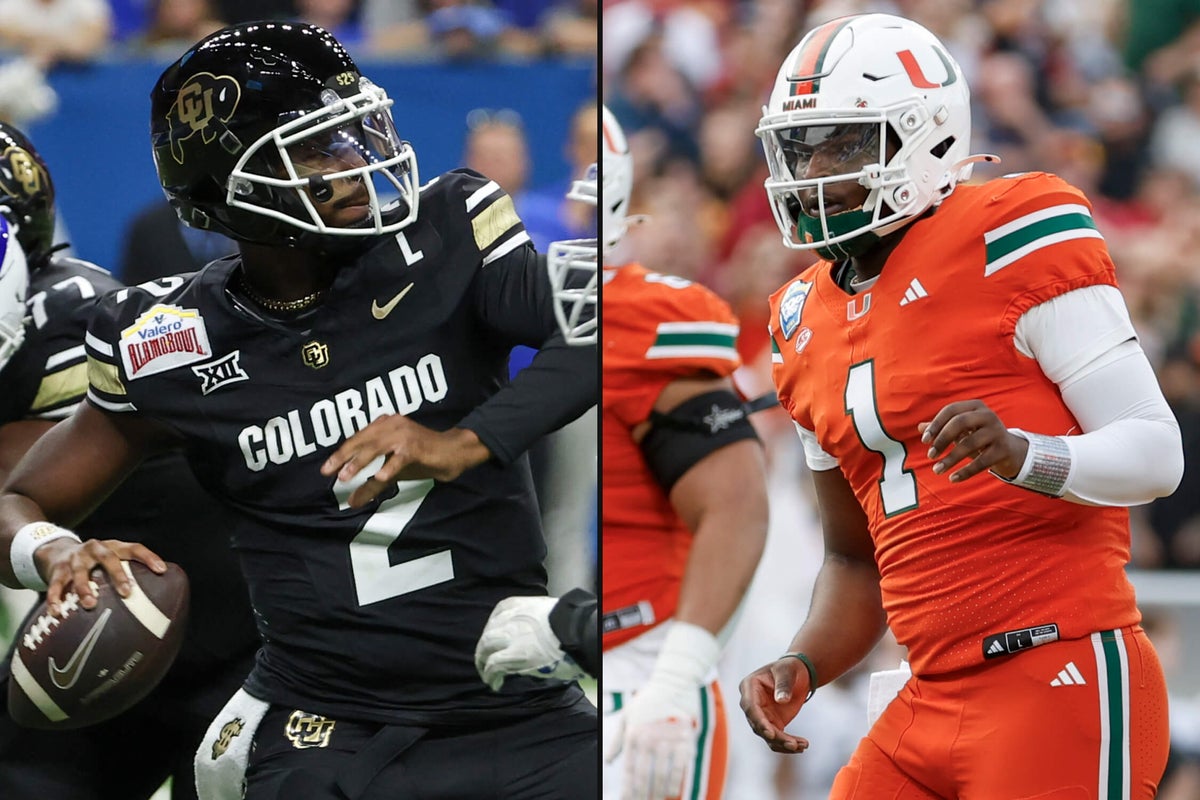
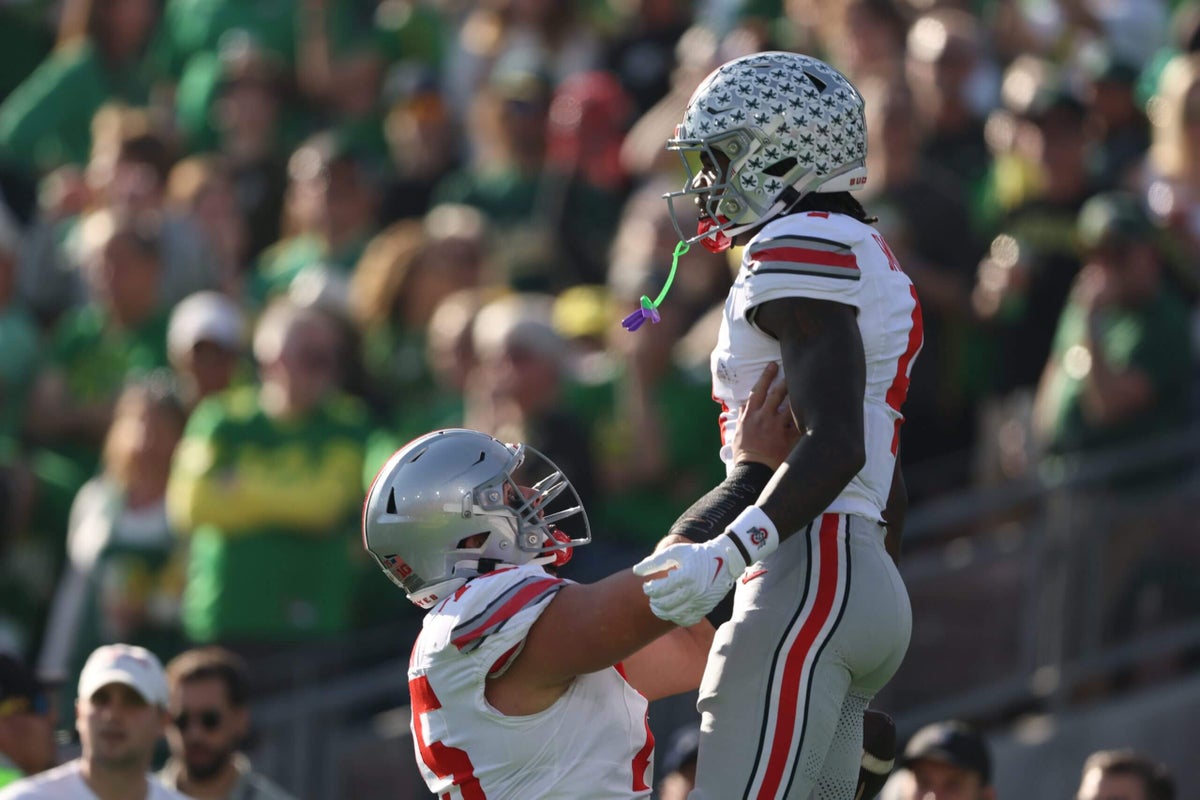
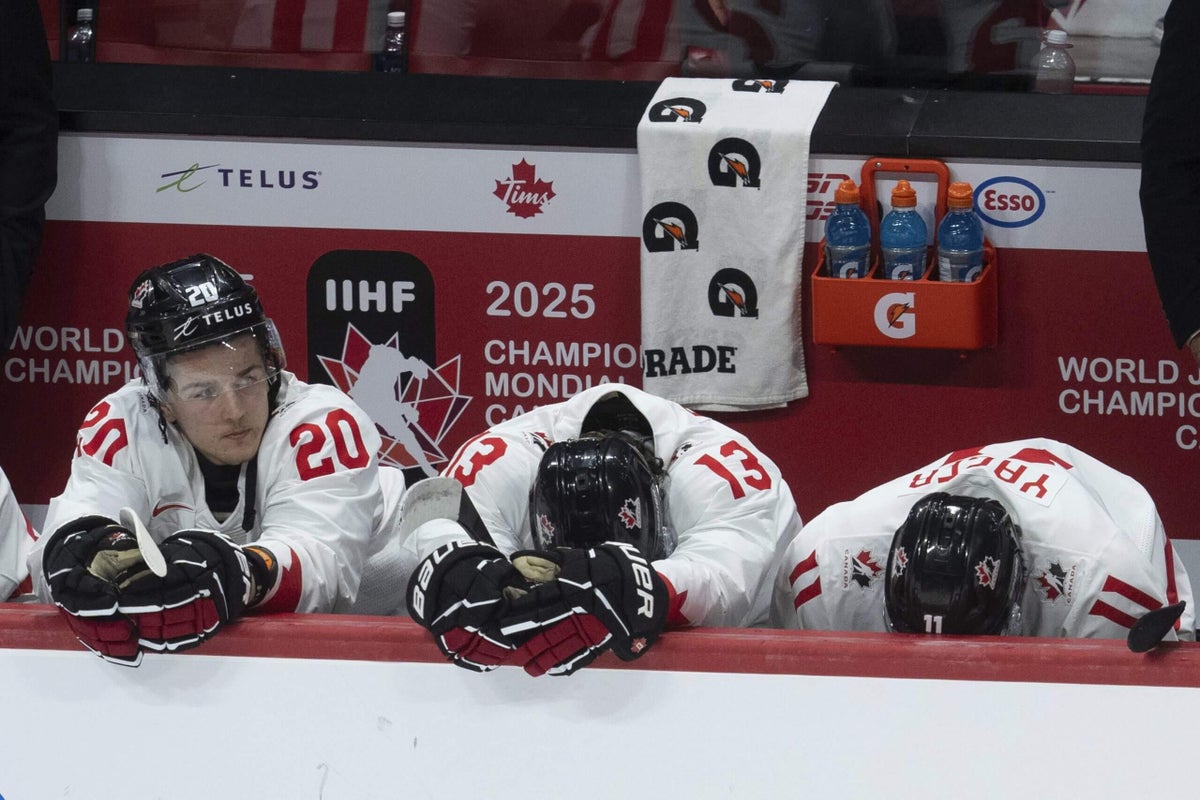
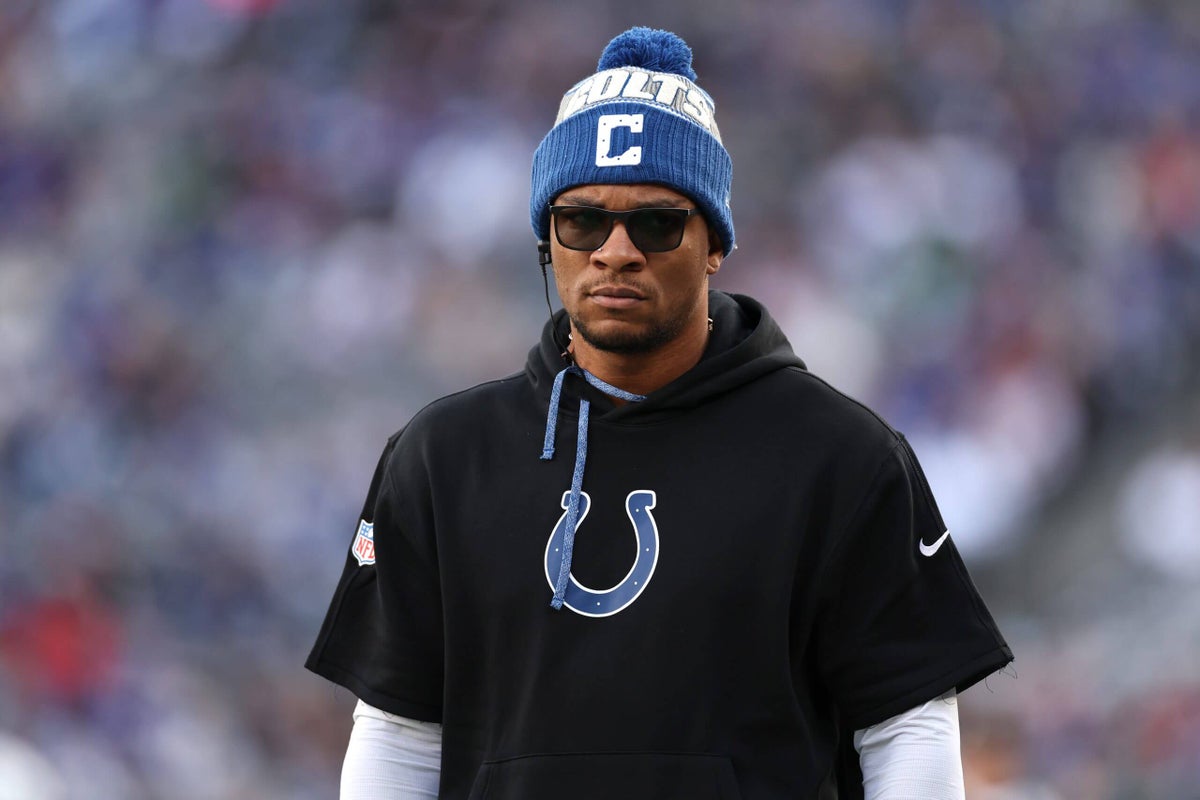
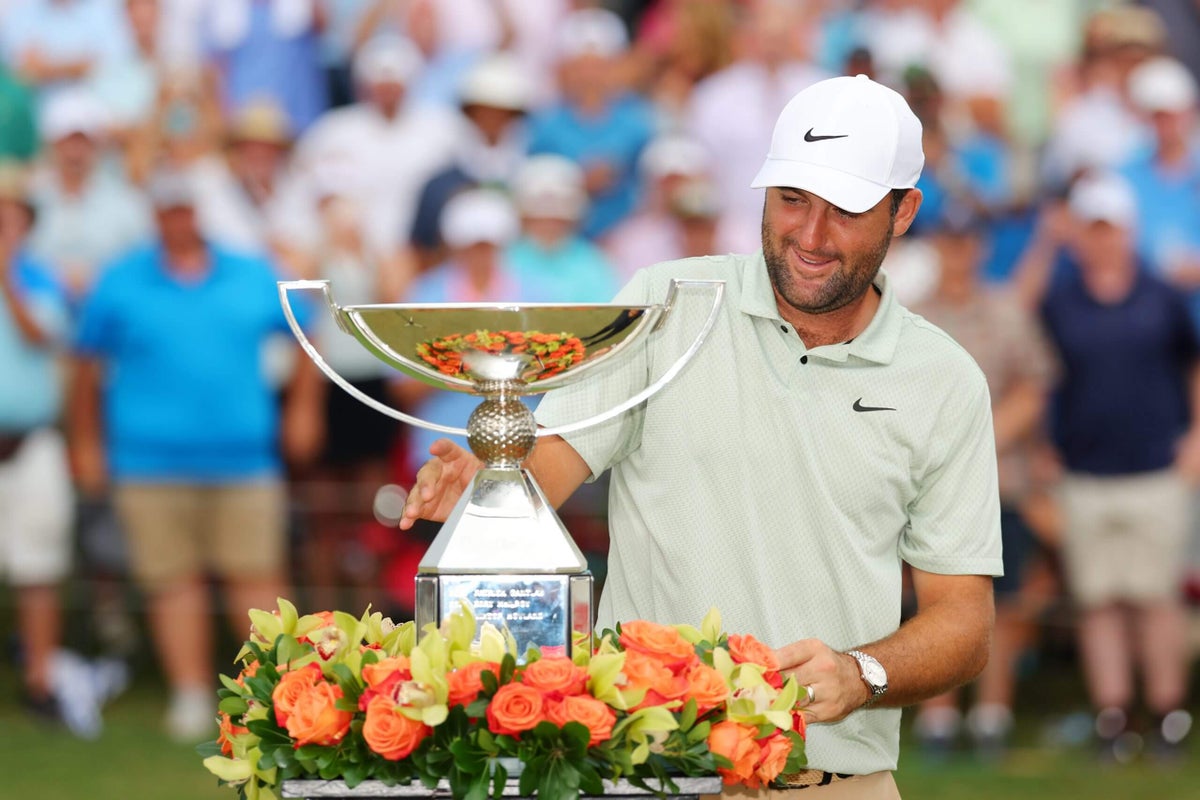
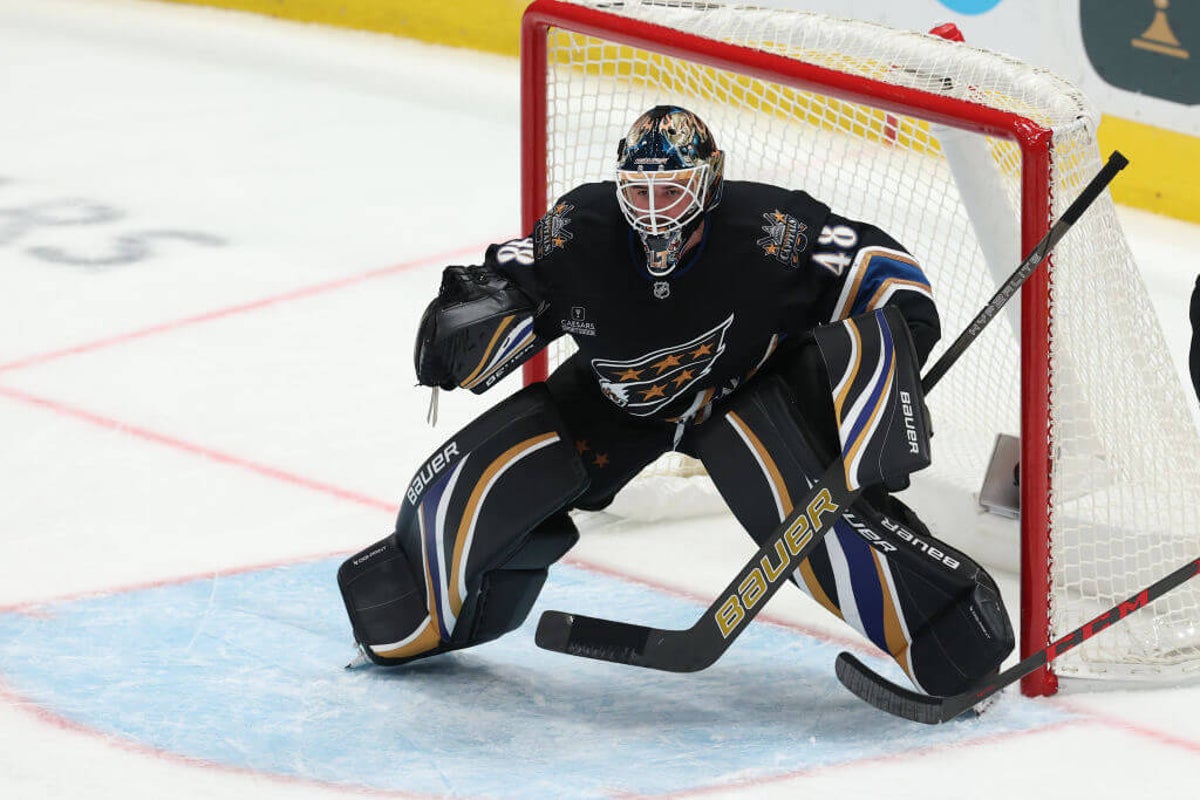
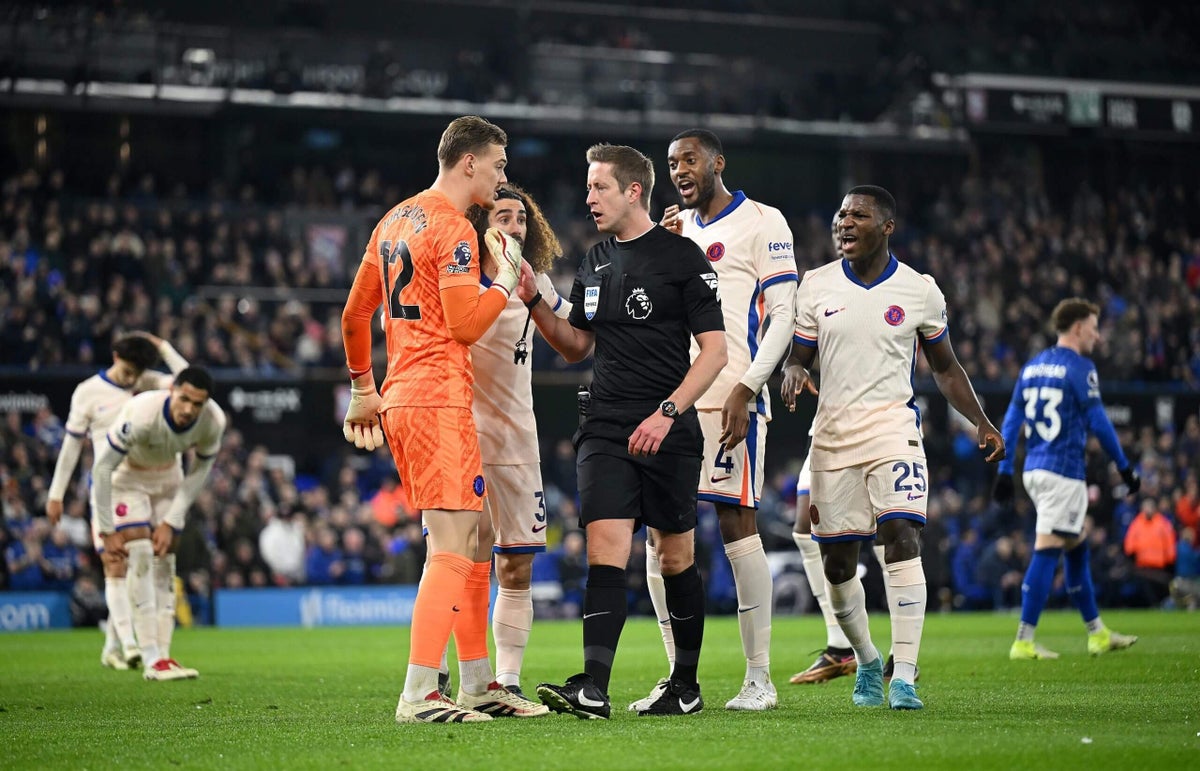

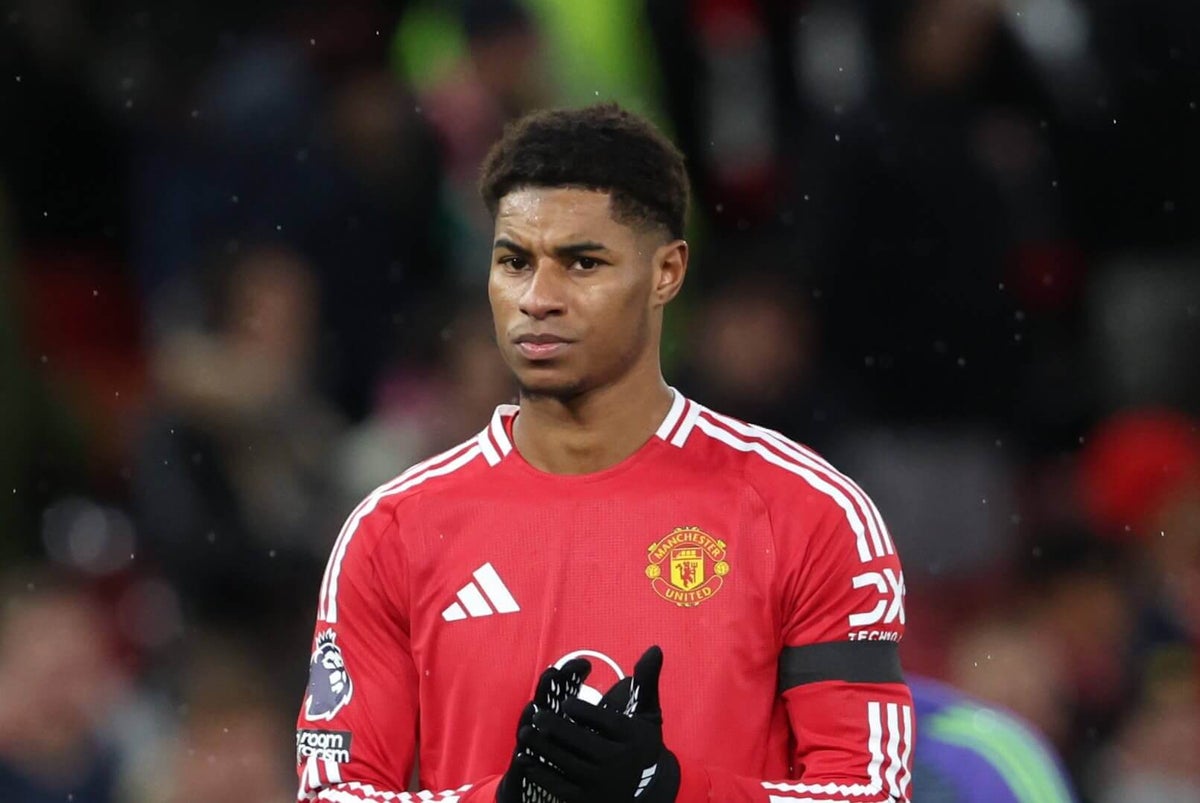
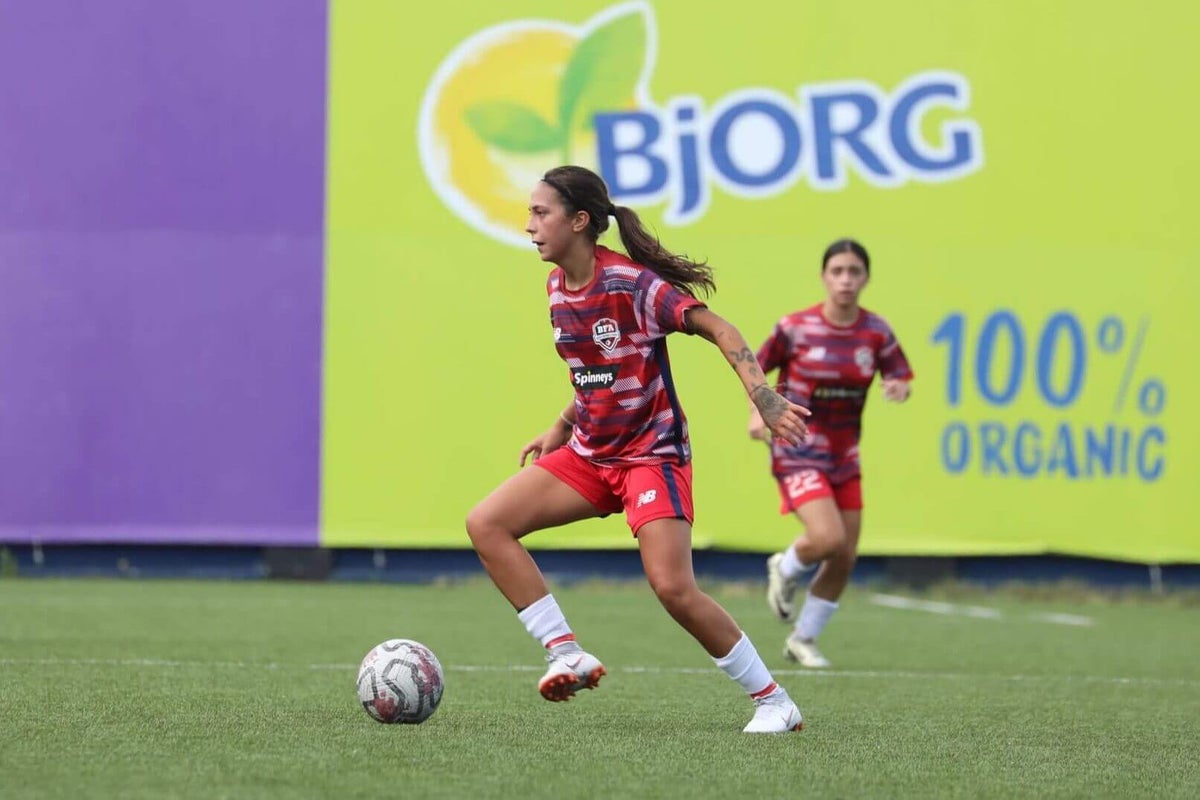
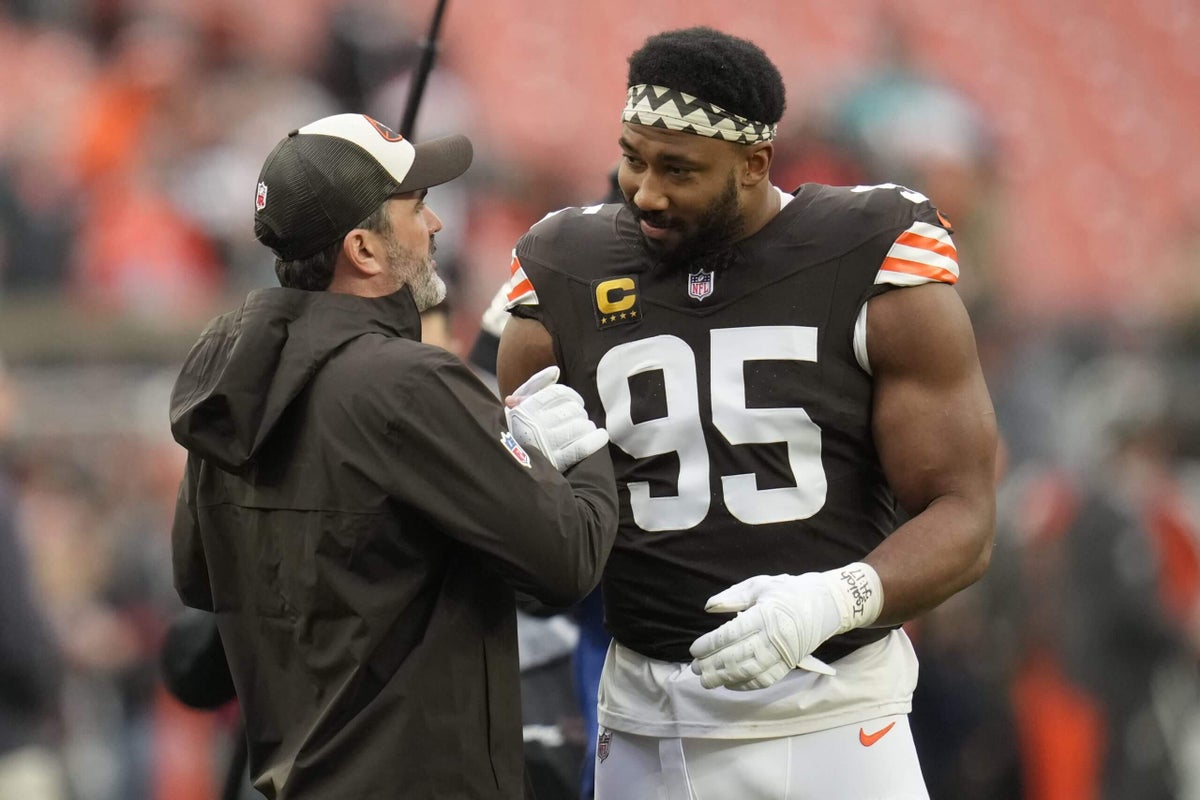


Leave a Reply